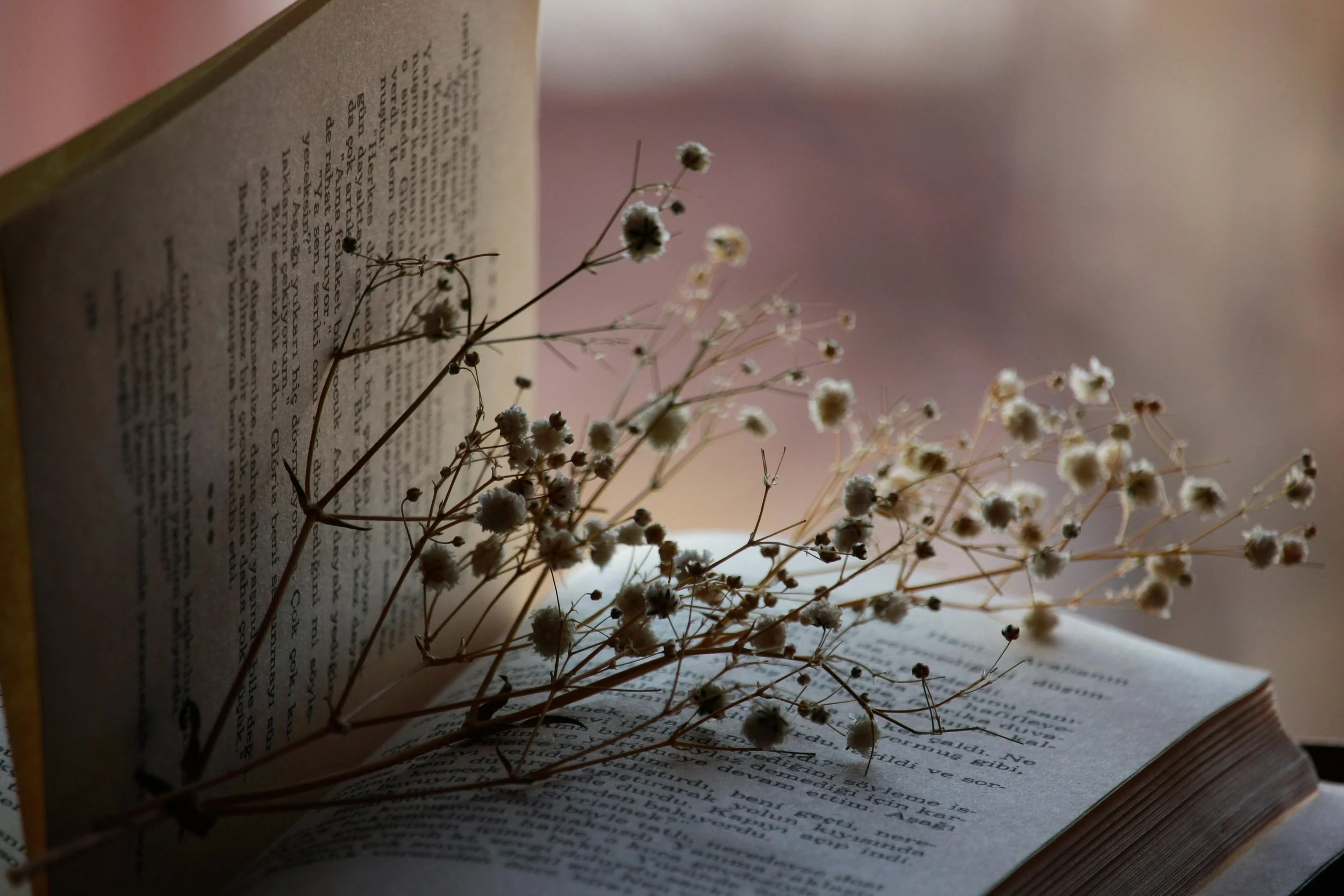As a first generation American who grew up in India, it seems counter-intuitive, at first, to be writing about growing up Hindu in America. Reflecting on my experience as a parent raising two Hindu American teens, though, a 19-year old and a 13-year old, I feel emboldened to put ‘pen to paper’ and share my thoughts.
Navigating Life as Second-Generation Americans
I’m the daughter of second-generation Americans (SGAs). My four grandparents immigrated to the United States in the early twentieth century to escape desperate economic conditions and the grinding anti-Semitism they faced as Jews in Eastern Europe. Each settled in the Midwest United States and eventually in Omaha, Nebraska, where there was and remains a small but vibrant Jewish community.
Why Are We Buddhists? Korean-American Perspectives
Scholars of American Buddhism generally categorize Buddhism in America into two groups: “Asian immigrant Buddhism” and “American convert Buddhism.” The former refers to the Buddhism that immigrants from Asian nations brought with them and continue to practice in the new land, whereas the latter indicates Buddhism practiced by westerners.
Mastering Dual Identity
In Changing Faith: The Dynamics and Consequences of Americans’ Shifting Religious Identities (2014), Darren Sherkat writes the following:
Immigrant religion is not merely a sideline. “Real America” is not western European sectarian Protestantism. Real America is defined, produced, and reproduced by waves of diverse immigrant groups assimilating into or accommodating with a dominant Anglo-dominated culture.
Religion, Globalization, and Modernity
Modernity equates to a secular view of the world. Religion will slowly wither away. Globalization is a new force in the world, spreading modernity, finally spelling religion’s death-knoll.
Dharma and the Death of My Father
On April 1,t 2004, my world turned upside down. I was rushed from the middle of a normal day at junior high school and was immediately brought to the hospital bedside of my father, who had just been diagnosed with terminal cancer. I remember walking into the four-occupant hospital room. The walls glowed with a melancholy yellow stain. I saw his face, which defined the word defeated. As a Japanese immigrant, raising a family of his own in a new country, I cannot imagine how he felt when he received his diagnosis.
How a Muslim Experienced Agape at Puja
In the tradition of Thanksgiving, I would like to show my appreciation for the unique interfaith environment at Georgetown University. Here is a story of how a devout Muslim learned about the Christian concept of agape by engaging with the Hindu community.
Will We Become a Nation of Hybrids?
My traveling companions on the train from Rome to Milan were two extremely good-looking young couples in their late 20s and early 30s – two sisters and their husbands – on their way back home to New Jersey after a ten-day impulsive Italian vacation. They had stumbled on a travel deal too good to pass up: round trip tickets on the Emirates Airlines from New York to Milan for $480.
A Prayer in the Beginning
Last week I was in a Moroccan restaurant in Seattle and had a unique experience: The very nice Palestinian man who ran the restaurant started speaking to me in his Shammi (Eastern) Arabic, and I responded in my good Moroccan Darija over mint tea and cookies. He was shocked to hear a non-Arab speak Arabic in a proper dialect, and when I told him I was Russian he said “No, no it can’t be! Arab blood runs in your veins!”
The Shifting Terrain of Interfaith Relationship
TIO: As a second-generation American Muslim, raised in Chicago, with a doctorate from Oxford, you are an examplar of meeting the challenge of growing up in one culture and navigating the culture we share today. Your books unpack the complexities of ‘growing up Muslim in America’ beautifully, vividly. And today you relate to thousands of young people in American universities and colleges, coming into constant contact with second-generation religious minorities. Could you share the biggest challenges they face collectively?
Growing Up Sikh in the Diaspora
Meji Singh did not grow up in the Sikh diaspora but in the religion’s homeland, India’s Punjab, in a family spiritually grounded in daily Sikh practice. But he has spent more than two-thirds of his life in the United States preoccupied with children and young adults, learning, and how to create mentally healthy communities. As a professor, consultant, spiritual teacher, organizer, faith and interfaith activist, he brings special gifts for what he calls behavioral consultation healing.
World Religions in America: The Second Generation
She looked the part of a fine arts major, with the gold spangle in her nostril, the streak of purple in her jet-black hair, and her bespoke clothing. Her diminutive form and high voice gave no hint of the feisty energy that would pour forth whenever she spoke up in the weekly meetings of the Student Interfaith Council at the University of Southern California. Born to Pakistani immigrant parents, she didn’t fit anybody’s stereotype of a Muslim woman.






